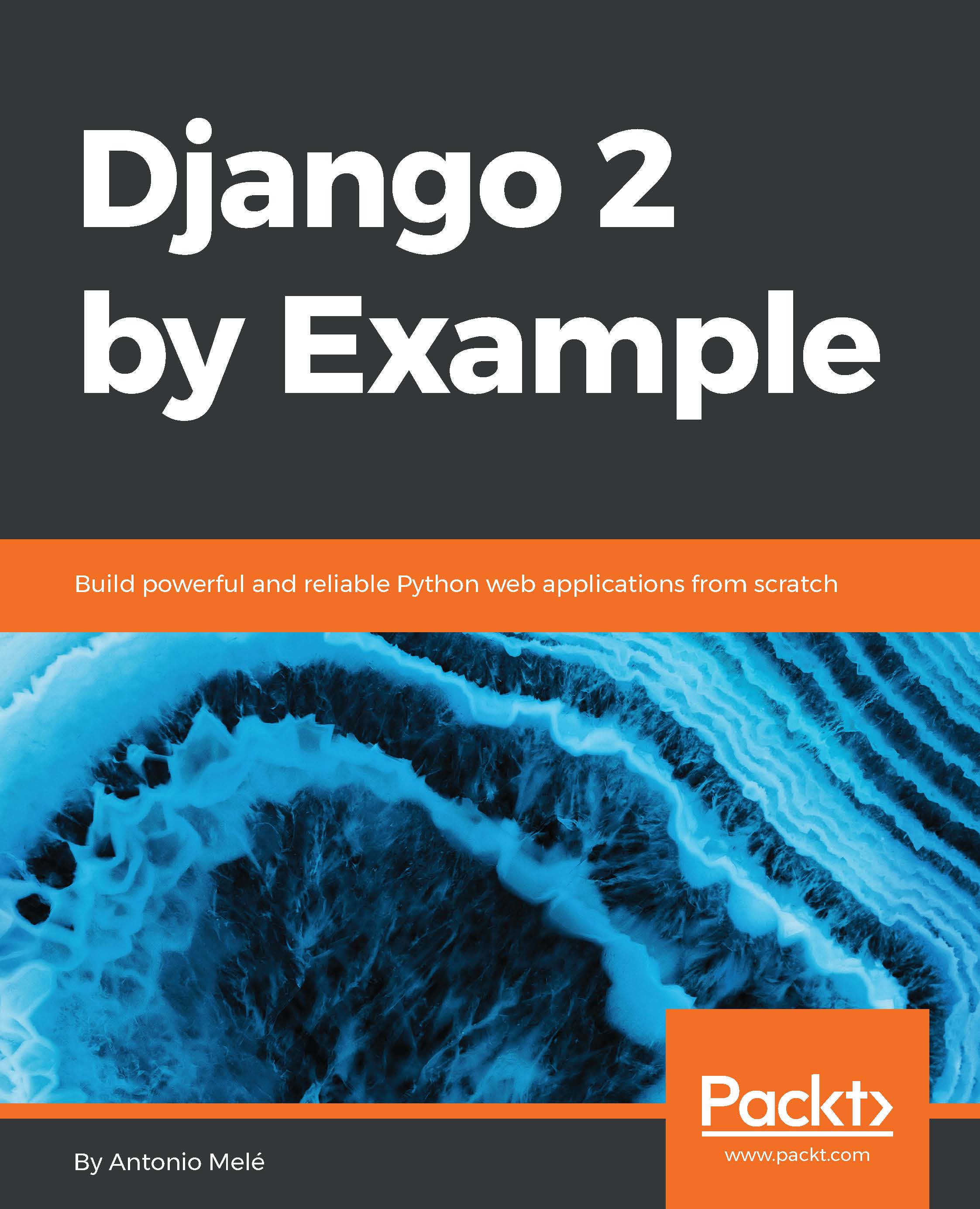Now, we will add AJAX actions to our application. AJAX comes from Asynchronous JavaScript and XML. This term encompasses a group of techniques to make asynchronous HTTP requests. It consists of sending and retrieving data from the server asynchronously, without reloading the whole page. Despite the name, XML is not required. You can send or retrieve data in other formats, such as JSON, HTML, or plain text.
We will add a link to the image detail page to let users click on it in order to like an image. We will perform this action with an AJAX call to avoid reloading the whole page. First, we will create a view for users to like/unlike images. Edit the views.py file of the images application and add the following code to it:
from django.http import JsonResponse
from django.views.decorators.http import require_POST
@login_required
@require_POST
def...



